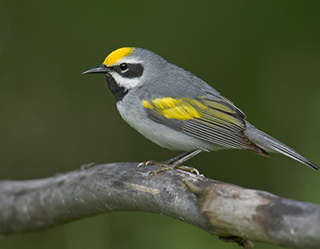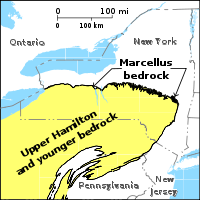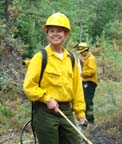 Hurricanes are a natural phenomenon, so nature pretty much takes care of itself during and after one. It’s the human factor that turns the collision of hurricane and wildlife into news. Here’s a look at how humans and wildlife are interacting after Irene:
Hurricanes are a natural phenomenon, so nature pretty much takes care of itself during and after one. It’s the human factor that turns the collision of hurricane and wildlife into news. Here’s a look at how humans and wildlife are interacting after Irene:
-The US Fish and Wildlife Service has posted a list of damaged or closed facilities. It’s perhaps no surprise, considering how hard hit Vermont was, that its White River Fish Hatchery, in Vermont, is under water. Find the rest of the list, here.
-A whimbrel, a shorebird, that was tagged by a radio transmitter was tracked flying through the hurricane. It survived. Read the story in USA Today, although it appeared in many other news outlets.
-I am learning that after each natural disaster a story about how wildlife rehabilitators are assisting displaced wildlife is part of the boilerplate coverage. This time it’s wildlife rehabilitators assisting baby squirrels. I wish I were kidding.
-The storm was bad news for baby sea turtles and eggs still incubating on East Coast beaches. The Florida newspapers seem most interested in the story. Here’s one on the hundreds of baby sea turtles that turned up dead from Florida Today. And here’s one on the threat to nests from the Fort Pierce Tribune.
-Finally, flooding washed sewage, pesticides and other contaminants into waterways along the East Coast. The New York Times has the story.
Photo: Hurricane Irene on Aug. 22, 2001. by NASA, via US Fish and Wildlife Service





